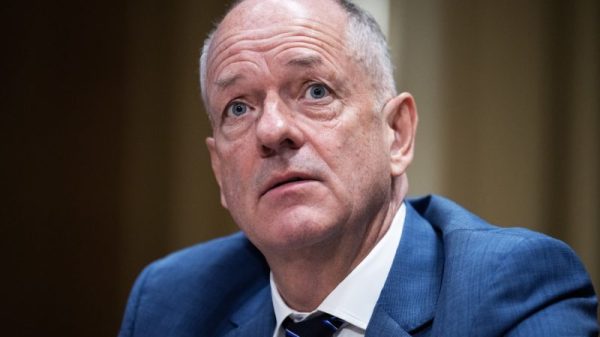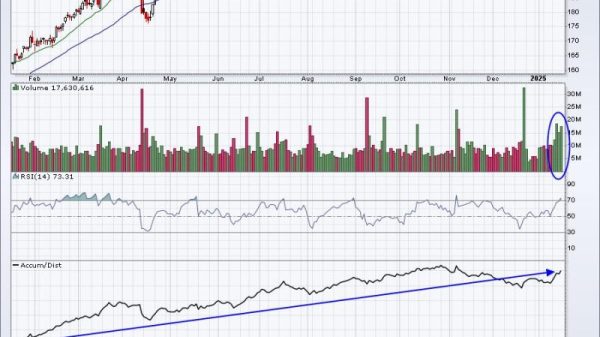As Syrians rejoiced across the country this week, many began the frantic search for missing loved ones who had been forcibly disappeared under Bashar al-Assad’s brutal dictatorship.
Crowds have descended on the notorious Saydnaya prison, which had become synonymous with arbitrary detention, torture and murder. Under the glaring sun, people poured toward the notorious facility north of Damascus, as traffic stretched for miles and some left their cars to walk the last stretch uphill, past barbed wire fences and watchtowers.
Just as Assad’s palaces revealed the extent of the family’s opulent wealth and luxurious lifestyle, his prisons have confirmed horrors that Syrians have known all too well over the past five decades.
The Assad regime’s notorious detention facilities were black holes where, as far back as the 1970s, anyone deemed an opponent disappeared. Saydnaya was one of the most infamous sites, known as “the slaughterhouse” – where as many as 13,000 people were hanged between 2011 and 2015, according to Amnesty International.
Unsurprisingly, it was one of the first locations rebels focused on as they swept toward Damascus in a lightning offensive.
After rebel fighters toppled Assad on Sunday, sending the dictator fleeing to Russia, images surfaced of Saydnaya prisoners being released – prompting many Syrians to flood social media seeking help to locate their loved ones.
By Monday, many had taken matters into their own hands and surged into the prison, spurred on by rumors that thousands were still imprisoned in deeper levels of the facility, an underground area known as the “red section.”
One woman, Maysoon Labut, came from Dara’a, the southern Syrian city that became the epicenter of anti-regime protests at the start of the Arab Spring and experienced the full force of Assad’s brutal response as he launched a crackdown that tipped the country into 13 years of civil war.
Labut was looking for her three brothers and son-in-law. She was breathless and emotional as she spoke.
A desperate search fueled by fear
This was the rumor that spurred the crowds on Monday – the idea that somewhere buried inside Saydnaya was a warren of undiscovered holding cells packed with missing Syrians.
But it’s not clear if the area even exists, deepening fears that those deemed missing may never be found.
The volunteer organization Syrian Civil Defense, also known as the White Helmets, deployed special teams to the prison who drilled and hammered through concrete on Monday.
Rebel fighters shouted for people to be quiet so that the voices of any detainees trapped inside might be heard by the rescue workers. A hush fell over the crowd and some got down on their knees as they waited for confirmation. A sniffer dog lent support. But no entrance was found.
In a statement later Monday, the White Helmets said they’d found “no evidence of undiscovered secret cells or basements,” or any “unopened or hidden areas within the facility.” They said the search for possible prisoners at the prison had ended and urged people on social media to avoid spreading misinformation.
The Association of Detainees and the Missing in Seydnayah Prison (ADMSP) said all prisoners had been released by midday Sunday, and that claims about detainees trapped underground were “unfounded” and “inaccurate.”
But the desperation of families combing through the prison on Monday – sifting through the vast trove of documents left behind, using cellphone flashlights in the darkness – reflects the agony of waiting for years with no clue what had happened to their loved ones within Saydnaya’s cramped and dingy cells.
One woman held up a photo of her brother, taken 12 years ago, his fate unknown. He would be 42 by now, she said.
“He has two girls and a son he has never met. We just want to be sure if he’s dead or alive. God knows,” she said.
Some of the newly freed have reunited with their ecstatic families – but it’s bittersweet after their long detention.
Suheil Hamawi, 61, spent more than three decades imprisoned in various Syrian jails, and finally returned home to his northern Lebanese village of Chekka on Monday.
“It’s a very beautiful feeling, a truly beautiful feeling,” Hamawi told the news agency AFP. “I’ve discovered that love is still here, and family is still here.”
However, returning home made the former prisoner realize how many years he had missed out on.
“I have grandchildren, but I never felt my age until my son’s daughter called me ‘Grandpa,’” Hamawi said. “That’s when I realized I had lost such a long period of time.”


































